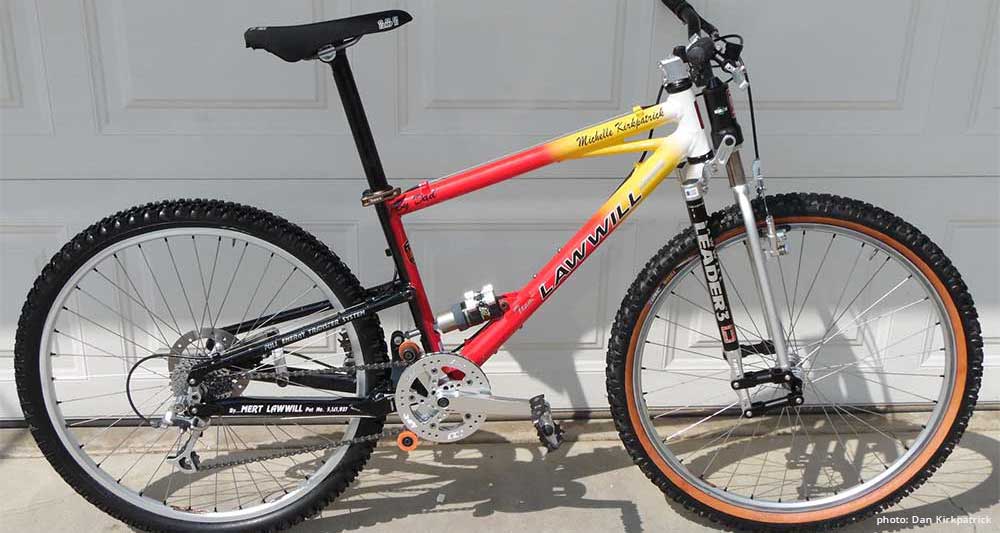Your Cart is Empty
April 01, 2022 4 min read

Originally posted Oct 4, 2018
It might come as a surprise, but when engineers first applied front suspension to a bicycle, widespread adoption of telescoping forks was not a foregone conclusion. Linkage front suspension systems have been applied to bicycles since the advent of mountain biking, and a number of such systems are still sold and work exceptionally well.
The number of linkage front suspension designs that have made their way to market - including Bridgestone, Lawwill, Look, Amp Research (developed by Horst Leitner, famed for Horst rear suspension), Girvin/Pro-Flex/Noleen (purchased by K2), Hurrycat, Parafork, Whyte (PRST-1 and PRST-4), German A, Lauf (they aren’t telescoping forks, so we’ll note them here), and more recently Scurra, Motion Ride, and Structure Cycleworks - demonstrates that enthusiasm for linkage front suspension is alive and well. Although widespread market adoption has eluded linkage systems until now, it has more to do with simplicity, aesthetics, and cost savings than outright performance.








